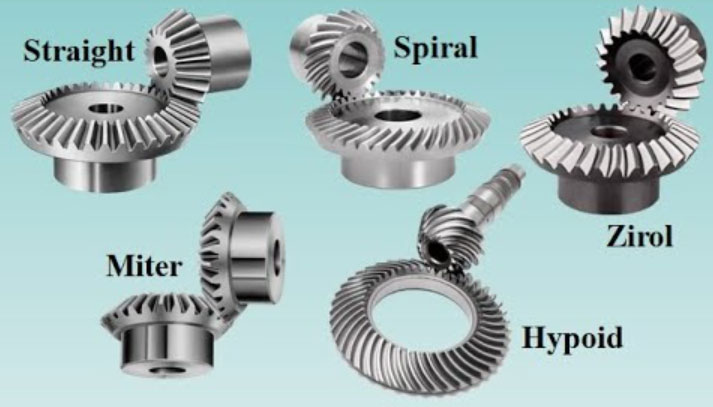
Bevel gears play a crucial role in wind turbines, enabling the efficient conversion of wind energy into electrical power. They are key components in the drive train system of wind turbines, which transfers the rotational energy from the turbine blades to the generator. Let’s explore how bevel gears are utilized in wind turbines and how they contribute to harnessing renewable energy:
1. Orientation and Torque Transmission:
Wind turbines typically have a horizontal-axis configuration, where the rotor blades rotate horizontally. Bevel gears are used to transmit the rotational motion from the horizontal rotor shaft to the vertical shaft of the generator. They allow for the change in orientation of the shafts, enabling the efficient transfer of torque and power between the turbine and the generator.
2. Gearbox and Speed Control:
Wind turbines operate over a wide range of wind speeds, and the rotational speed of the rotor blades needs to be adjusted to optimize power generation. Bevel gears are incorporated into the gearbox of the wind turbine to adjust the rotational speed of the generator relative to the wind speed. This allows for efficient power production within the desired operational range.
3. Speed Ratio and Gear Reduction:
Bevel gears within the gearbox provide the necessary speed ratio and gear reduction. The rotational speed of the rotor blades, which is typically low, is multiplied through the gear reduction system to match the higher rotational speed required by the generator. Bevel gears with the appropriate gear ratio are employed to achieve this speed transformation efficiently.
4. Load Handling and Durability:
Wind turbines operate under varying wind conditions and encounter significant loads due to the rotational forces and turbulence. Bevel gears used in wind turbines are designed to handle high torque and loads, ensuring durability and reliable operation over the turbine’s lifetime. They are constructed with materials and heat treatments that provide the necessary strength and wear resistance to withstand the demanding operational conditions.
5. Precision and Reliability:
Bevel gears in wind turbines require high precision and reliability to ensure efficient power transmission and minimize losses. Precise tooth engagement and minimal backlash enable smooth and reliable operation, reducing energy losses due to friction and mechanical inefficiencies. Reliable bevel gears contribute to the overall performance and longevity of wind turbines.
6. Maintenance and Lubrication:
Regular maintenance and proper lubrication of bevel gears in wind turbines are crucial to ensure their optimal performance and longevity. Lubrication systems are employed to reduce friction and wear, ensuring smooth gear operation and minimizing energy losses. Maintenance protocols include periodic inspections, lubricant replacement, and addressing any signs of wear or damage.
Bevel gears play a critical role in wind turbines, allowing for efficient power transmission, speed control, and load handling. Their precise tooth engagement, durability, and reliable operation contribute to the harnessing of wind energy for renewable power generation. By utilizing bevel gears, wind turbines can efficiently convert wind energy into electrical power, contributing to the global shift towards sustainable and clean energy sources.
